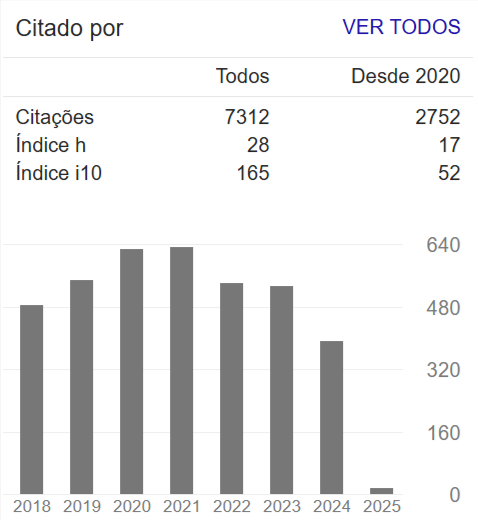COMPORTAMENTO DE ESPÉCIES DE MERCÚRIO NO SISTEMA SEDIMENTO-ÁGUA DO MANGUE NO MUNICÍPIO DE CUBATÃO, SÃO PAULO
Resumo
RESUMO A área de estudo encontra-se degradada especialmente devido o lançamento contínuo de efluentes na Baía de Santos, Rios Cubatão, Mogi etc. com fontes difusas de emissão de mercúrio, além da ocupação urbana e industrial, muito próximas. Uma vez detectada a presença de mercúrio no estuário, foram efetuadas caracterizações texturais, mineralógicas e químicas com levantamentos de parâmetros físico-químicos locais, objetivando o estudo do comportamento do mercúrio nesse ambiente. Valores de potencial de óxido-redução, presença de pirita e matéria orgânica indicam estabilidade do mercúrio principalmente sob a forma de Hg0(aq) e de HgS. As cargas superficiais negativas das partículas coloidais dos argilominerais facilitam a adsorção de mercúrio iônico e/ou complexado. O mercúrio acha-se associado à matéria-orgânica nos sedimentos enquanto nos lodos é praticamente nula a influência em seu comportamento. Os óxidos-hidróxidos (Fe e Al) pouco contribuem para a fixação do mercúrio nos sedimentos, mas são decisivos nos lodos. A força iônica influi na mobilidade do mercúrio apenas nos locais sujeitos à variação da maré. ABSTRACT The study area is specially degraded due to the continuous release of effluent in the Santos Bay, Cubatão, Mogi Rivers etc. coming from diffuse sources of mercury emission, besides the urban and industrial very close occupation. Once presence of the mercury was detected in the estuary, characterization grains size, mineralogical and chemical with survey physical-chemical parameters, in order to determine the behavior of the mercury in this environment. Value of oxide-reduction potential, pyrite presence and organic matter indicated mercury stability under the form of Hg0(aq) and of HgS. The negatives superficial loads of the coloidal particles to the clay minerals facilitate the adsorption of mercury ionic and/or complex. The mercury is associate to the organic matter in the sediments and in the muds it has practically null the influence in your behavior. The oxide-hydroxides (Fe and Al) have a low contribution to the mercury fixation in the sediments, but they are decisive in the muds. The ionic strength just influences on the mobility of the mercury in the places subjects to the variation of the tide.

















